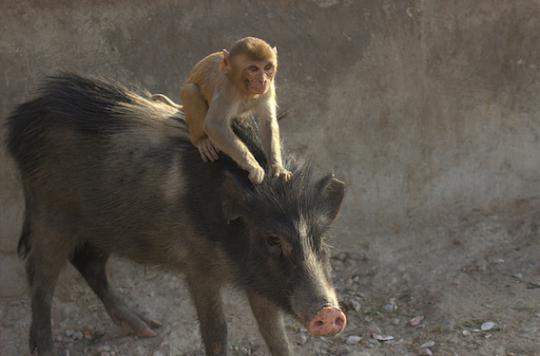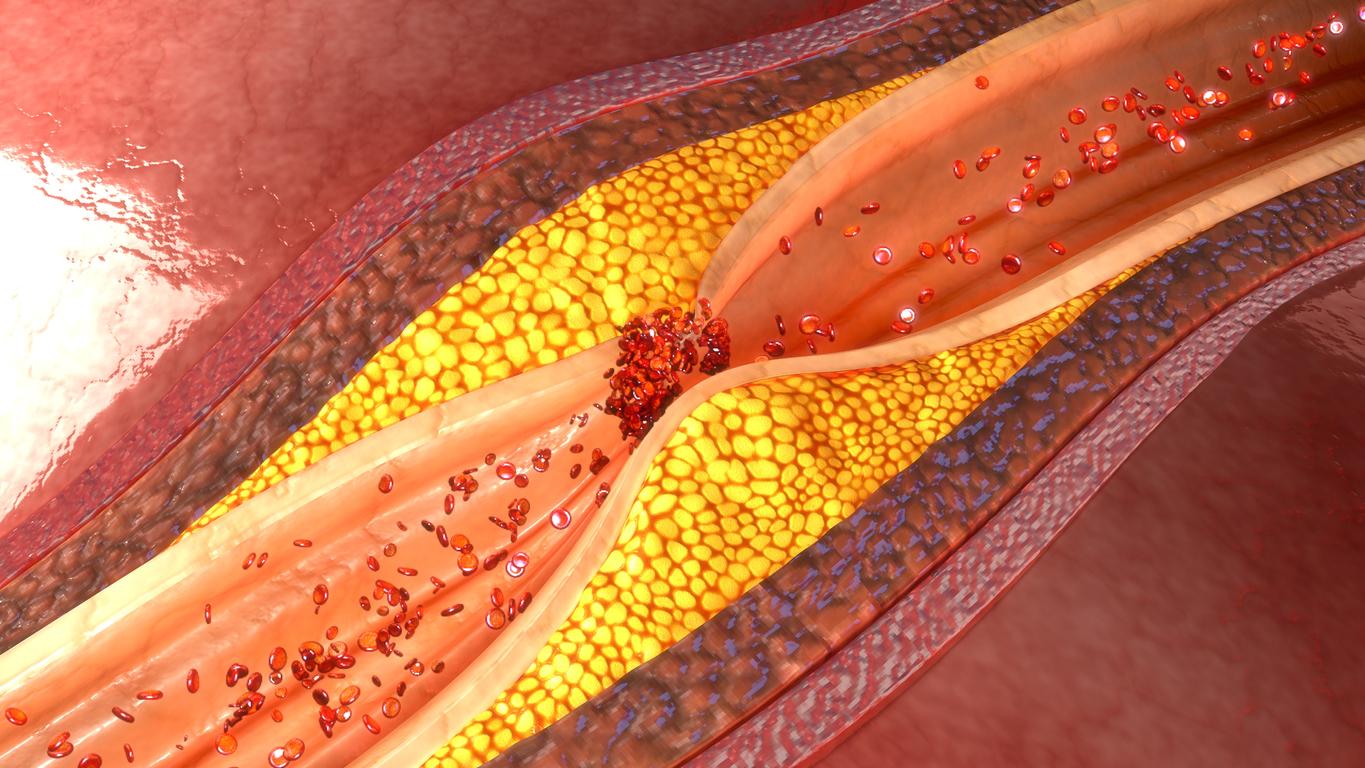Spectacular advances have been made in the tolerance of transplanted organs between species. A pig’s heart lasted 945 days in the thorax of a baboon.

Xenografting. It is a transplantation between different species. The idea makes doctors dream, because it would solve the problems of availability of human organs, by replacing them with animal equivalents. A team of American researchers succeeded in transplanting a pig’s heart into a baboon, which tolerated it for 945 days. A record.
To test the grafts, the scientists did not perform a complete transplant. They implanted the pig’s heart in the rib cage of the baboons, while retaining the respiratory function of the original pulsator. On the five baboons of the experiment, the organs lasted on average 298 days, and 945 days at the most (against respectively 180 and 500 days during the previous tests).
This feat, reported in an article by Nature Communications, was achieved through the combined use of immunosuppressive drugs – which limit transplant rejection by the immune system – and hearts from genetically modified pigs.
Whole pig hearts in humans
“This is very important, because it brings us a little closer to the use of these organs in humans,” said Muhammad Mohiuddin of the National Heart, Lung and Blood Institute (United States) co-author of the study published Tuesday in the journal Nature Communications. “Xenografts could save thousands of lives lost each year due to a shortage of human organs for transplantation.”
If the researchers were interested in pigs, it is because of the anatomical proximity of their heart to that of the human being. Why not the monkeys? Because despite their genetic proximity, the small number of captive monkeys, some of which are endangered, do not make them ideal candidates for clinical research and exploitation.
.















